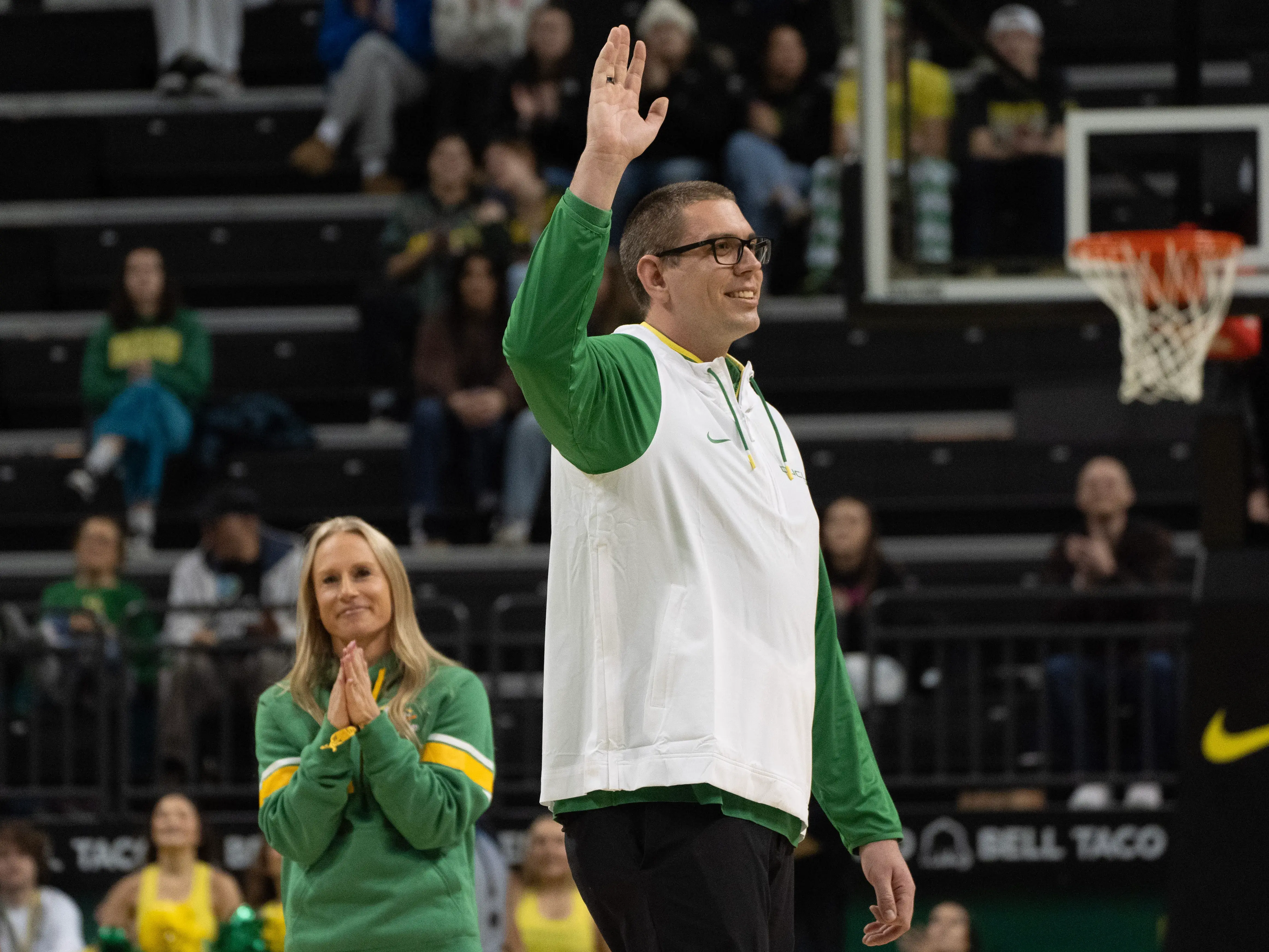How Dassel-Cokato Built a Unified S&C System Across PE and Athletics
Introduction
At Dassel-Cokato High School, managing strength and conditioning for over 300 students required more than good programming—it demanded alignment across Physical Education, athletics, and individualized student needs.
Strength & Conditioning Coach Amanda Berg turned to TeamBuildr to create structure and connection within one of Minnesota’s largest school-based programs. The result: a scalable, environmentally friendly system that helps students train with purpose.

Challenges
With multiple coaches and over 300 students rotating through strength classes and team lifts, Amanda faced the challenge of keeping programming and communication consistent.
Paper attendance sheets and disconnected tracking systems slowed things down. Students varied widely in ability and experience, and many required modifications for injuries or equipment availability. Delivering individualized programs at scale was difficult.
“I used to print sheets with 200–300 names on them each week for attendance,” Amanda recalls. “Now I just use the Attendance Report.”
She also noticed that without a structured system, students struggled to stay consistent and engaged. Many needed a clear framework to log progress and train intentionally.
Solution
Amanda began using TeamBuildr for attendance tracking—but it quickly became the backbone of her curriculum.
“TeamBuildr is like the bones of my curriculum.”
Today, Amanda runs multiple courses through the platform, including Intro to Strength, Advanced S&C, Female-Only Strength, and an independent study. She differentiates workouts using tags and dropdowns, allowing students to select regressions or progressions based on their needs.
She also gives students coach access so they can program and reflect on their own training cycles.
“They have to program for themselves for four weeks and then evaluate. It’s cool to see how each student uses it. Some are really detailed. Some are more basic. But they’re learning either way.”
Amanda also ties TeamBuildr into grading and varsity letter criteria. Students track their work, set goals, and reflect on progress—all within the same system.
“We try to instill purpose in everything we do. I’ll ask, ‘Why are we here? What’s the intention?’ And that carries over into how they use TeamBuildr. It’s not just lifting—it’s training with a reason.”

Results
Transitioning from paper to digital allowed Amanda to build a consistent and adaptable system.
Students took more ownership of their training, and the coaching staff gained a centralized platform to simplify communication, maintain standards, and monitor progress across all levels.
Amanda’s classes now reach a broad student population—not just athletes. Students are introduced to training concepts like warm-up design, mobility, intent, and self-assessment. They’re taught how to make smart training decisions—lessons that carry well beyond high school.
The Leaderboard has become a celebration tool, led by the students themselves as they highlight PRs and cheer each other on.
“I want this to be the best part of their day. Whether they’re a high-level athlete or a kid who’s never picked up a barbell, they should feel like they belong here.”
By building a program that blends education, performance, and accessibility, Amanda has created a model for what school-based strength and conditioning can look like at scale.
Subscribe to our blog
Subscribe to receive the latest blog posts to your inbox every week.
Related posts

From Email Overload to Enterprise Efficiency: How Fort Bliss's 3rd Armored Brigade Combat Team Streamlined PT Planning at Scale

How the Marine Corps’ WARR Initiative Built an Enterprise-Wide Human Performance Program
